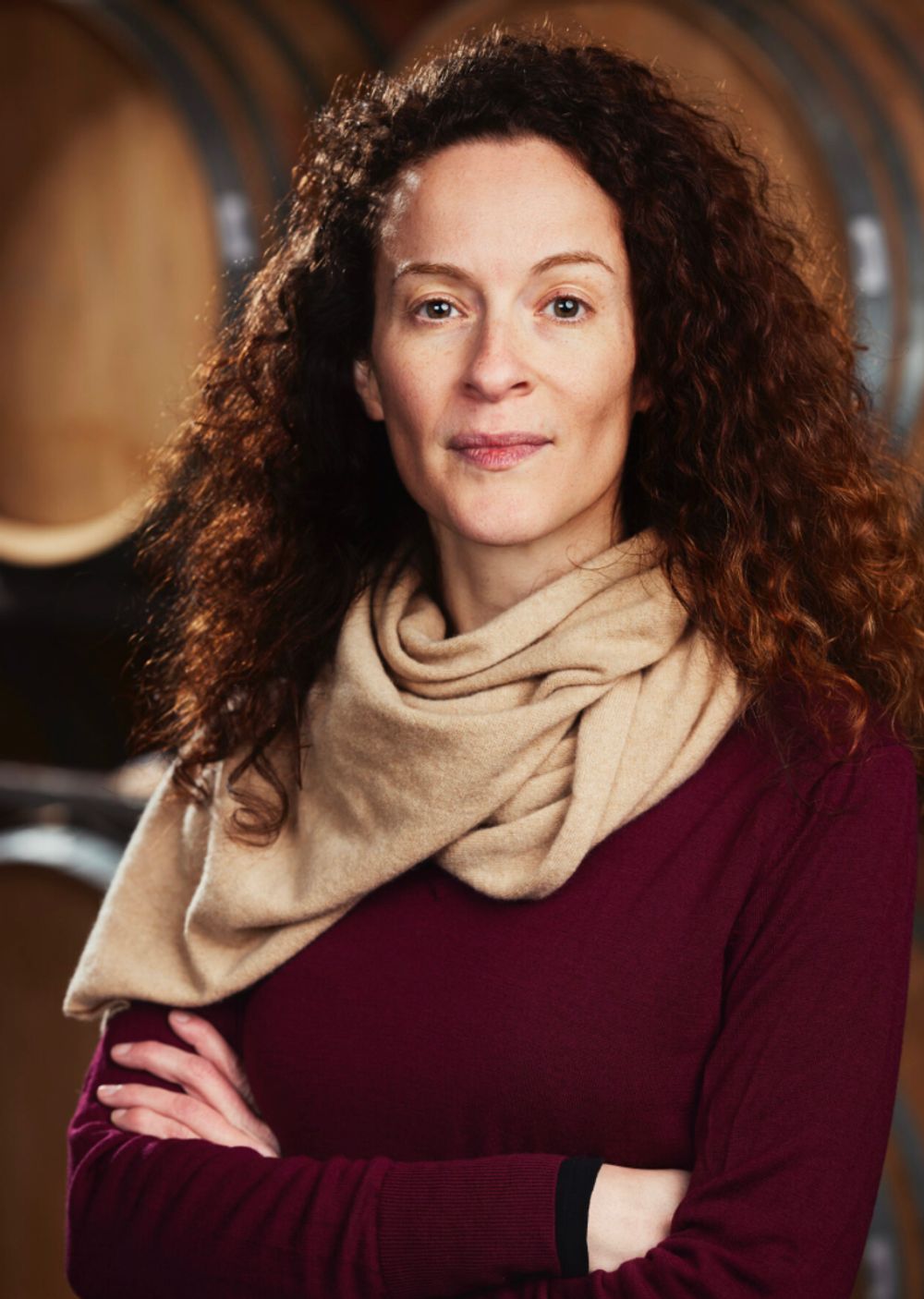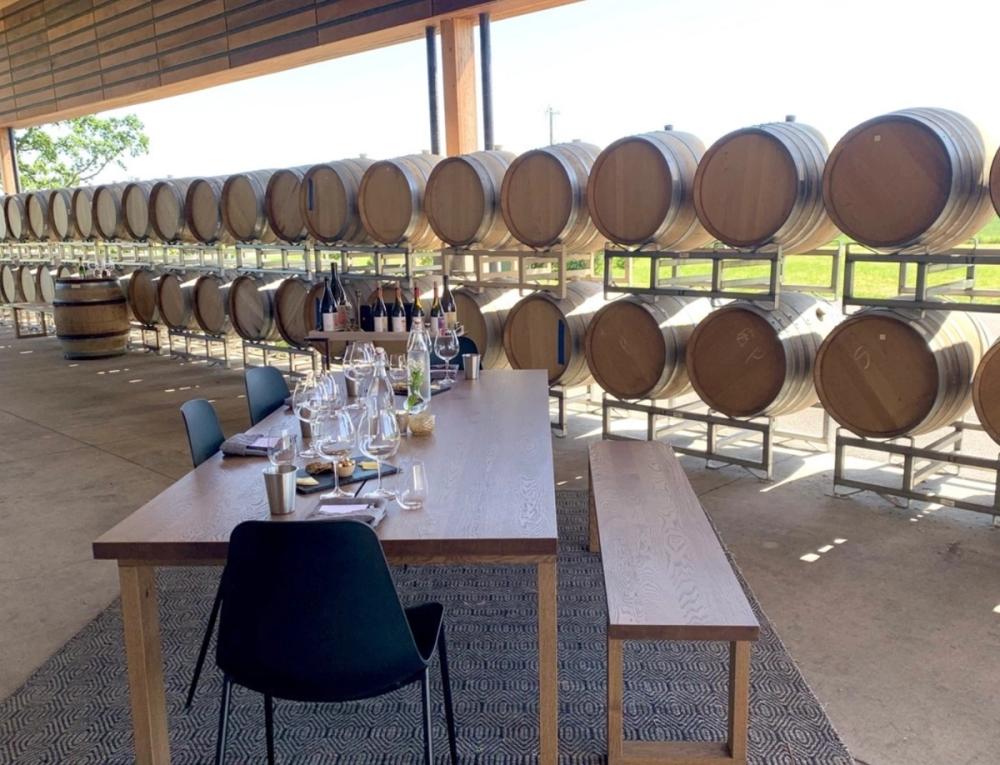The skill in analysing data is knowing which bits of it are most relevant in helping you run a more successful business. Or in Enolytics case splicing and dicing data in a way that truly reveals what your existing and target customers want from you. To achieve that you need to work with wineries willing to open up all aspects of their business to the all inquisitive data analysts.
Which is why Josh Wludyka, senior brand manager at Lingua Franca, has achieved “super user” status in terms of mining the winery’s customer data to outperform market trends. Wludyka’s boots-on-the-ground role is backed by its parent company, Constellation Brands, which purchased Lingua Franca in 2022.

Lingua Franca's Josh Wludyka has embraced the opportunities better data analhysis can bring
“At Lingua Franca, Enolytics has revolutionised our approach, allowing us to harness real-time, first-person data atop our legacy e-commerce platform,” says Jeff Meisel, vice president and general manager, DTC at Constellation. “This capability empowers our team across hospitality, wine club, and e-commerce to drive higher customer retention and increased average order value. Our success in outperforming the market is a testament to the transformative power of Enolytics' intuitive platform and our team's commitment to leveraging actionable data.”
Wludyka draws from his background to cultivate a mindset of “wins above replacement,” which is a baseball term that quantifies each player’s value. Specifically, in a winery environment, Wludyka uses data to track the performance of sales associates in the tasting room, in order to “fit” the personality of the team member to the customer experience they are best suited to deliver.
The Who

Jamie Apuna has been brought to share her wine education and skills with customers
Those sales associates are the Who of this case study: Jamie Apuna, for example, was hired last year to manage the tasting room and brings significant WSET-level training and education experience to her role.
Wludyka programmed the schedule to position Apuna in opportunities that showcase her skills, and traces Apuna’s educational focus to better results in terms of higher sales (a knock-on effect of her knowledge), higher average order value, and less discounting.
Other sales associates, by contrast, perform better in more casual day-to-day and walk-in situations or else, in the case of the associate who prefers to wear a suit to work, Wludyka programs their schedule for elevated, more fine-dining type of experiences.
In other words, the data reflects effective synergies between sales associates’ personalities (the “Who”) and the types of experiences (the “What”) that their schedules are programmed to deliver.
This protocol is easily visualised and coordinated in the Enolytics software when Wludyka clicks on descriptive, narrative links such as: “Who Sold It?” in the tasting room module; “Lifetime Performance” in the tasting room by sales associate; and also by wine name, and “When did we sell?” in order to track and anticipate hotspots of activity chronologically.

Better understanding the dynamics of the different customers using the tasting room can have a big impact on sales
The ‘Who’ and ‘What’ of the tasting room is one of the primary data-based applications that Wludyka employs. The wine club module offers a separate, helpful application of the ‘How’.
The link that says “Who is at risk of leaving the club?” is the most-clicked on link of the entire Enolytics software, and it makes perfect sense: Wine Clubs are the highest profit-margin channel for any direct to consumer sales, and wineries are naturally keen to retain their club members.
Click on the link, and Wludyka is presented with a visualisation of which members are at various levels of risk (from very high to low) of leaving different clubs. There is a robust algorithm of risk analysis operating in the background but, for Wludyka, the most important task is to retarget club members at risk and keep them engaged.
The How
Which brings us to the ‘How’. Recently, Lingua Franca organised an event to celebrate the opening of their tasting room. Identifying club members at risk presented the ideal opportunity for outreach with an invitation to the event. The invitation also supplemented Lingua Franca’s program of retention gifts that the winery had already developed for their club members.

William Moriaty explains how he uses Enolytics' data
William Moriarty, wine club manager at Lingua Franca, describes additional filters and applications of the data:
Filter:
Where: Geography of customers
Application: Helps Moriarty to identify locations with high buyership and low membership, in order to target attendees for off-site events who they work to convert to Club membership
Filter:
Who: Customer behavior
Application: Helps Moriarty to identify Lingua Franca’s best customers who are current Club members or cancelled Club members, and customers who have never been in the Club
Filter:
Who: Demographics
Application: Since Enolytics enhances customer data, Moriarty has visibility into Lingua Franca’s age range, income bracket and gender so that he more appropriately caters their events and benefits to the needs of Club members.
“In addition to Enolytics’ strong capability, it uses clean and clear infographics to help me understand and share the information I find within it,” says Moriarty. “And when things are less clear the team at Enolytics is always quick to respond with assistance on how to solve any problems I encounter.”
The importance of infographics and visibility of data is a key point, particularly in an industry like wine that is, by and large, currently on an exciting learning curve upward when it comes to technology and data analytics. Paired with the narrative structure of Who-What-How, visualisations are an effective tool for communicating the impact on a winery business that data is having.
* If you would like to find out more about Enolytics click here. If you want to contact Cathy Huyghe directly her email is cathy@enolytics.com.
































